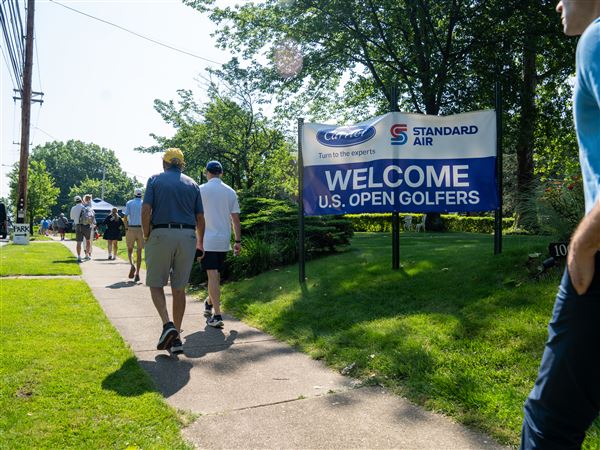The nation’s transplant system broke ground on numerous fronts last year, posting record numbers of organ donations and transplants, increasing donation by minority groups and garnering more organs from living donors, officials said Wednesday.
Deceased donors numbered 9,078, up from 8,596 in 2014. The record-setting total was expected because some of the nation’s organ procurement organizations in recent weeks individually reported banner years.
Breaking the 9,000-donor barrier is significant because of growing transplant waiting lists — about 122,000 were waiting as of Wednesday — and also because the number of donors hovered around 8,000 annually from 2006 to 2013.
The 2015 increase “should be encouraging for people who are waiting,” said Kevin Myer, president and CEO of Texas-based LifeGift.
“We want to be part of that, and we’re doing everything we can to get better,” said Mr. Myer, who had 283 deceased donors last year, four fewer than in 2014. His transplants last year, however, totaled 1,044, up from 1,024 in 2014.
Nationwide last year, the number of deceased donors who were black numbered 1,477, up from 1,338 in 2014; the number who were Hispanic totaled 1,233, up from 1,146; and the number who were Asian totaled 232, up from 212. Increasing donation among minorities long has been a challenge for the transplant system.
The number of living donors totaled 5,984 last year, up from 5,819 in 2014. Living donors most often provide kidneys.
Transplants totaled 30,973, up from 29,533 in 2014.
Organ procurement organizations attributed success to various strategies.
LifeShare Donor Transplant Services of Oklahoma had 174 donors last year, up from 141 in 2014.
Jeffrey Orlowski, president and CEO, said he pursues older donors whose medical conditions may limit the number of recoverable organs.
He does that even though the federal government evaluates organ procurement organizations partly on the basis of how many organs they recover from each donor.
“We just made a conscious decision that we are going to live with that metric, one way or the other,” he said.
The O’Hara-based Center for Organ Recovery and Education had 207 donors last year, up from 200 in 2014. Susan Stuart, president and CEO, attributed the increase partly to improved collaboration with hospitals that refer prospective donors and improved community outreach, including better public perception that donation is part “of the continuum of care and part of end-of-life care.”
State of Washington-based LifeCenter Northwest had 200 deceased donors last year, compared to 197 in 2014.
Most donations occur after brain death. Kevin O'Connor, president and CEO of State of Washington-based LifeCenter Northwest, said his organization’s gains are partly due to efforts to recover organs through a less common practice known as donation after cardiovascular death.
Joe Smydo: jsmydo@post-gazette.com or 412-263-1548.
First Published: January 14, 2016, 5:00 a.m.

















